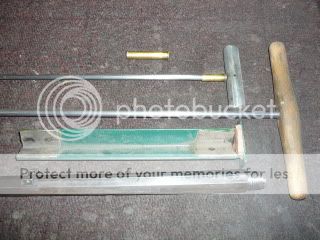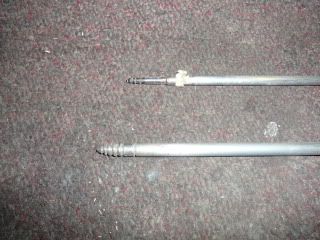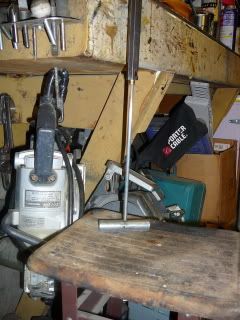The trouble with leather is that it is springy. Lead is not and maintains it's cast profile width until it is worn down.
I don't like lead bump up slugs either as they do not swell uniformly their full length.
I cast a slug and use it recharged every 50 trips up and back for 5 cycles for a total of 250 round trips then clean the bore and cast another. It is the only accurate way to keep it's length parallel to the bore.
Also lapping a bore to completion removes perhaps two or three ten thousands and not much more.
It usually is good for taking out the tight spots but will never remove a pit that are any deeper.
Lapping also takes more off the land than groove bottoms as they are the high points in the bore. A land is being lapped on it's top and both sides but the groove only on its face.
I once did a barrel that took 2500 round trips total using three different grades of lapping compound, 220, 340 and 400. Valve grinding compound is far to course in my opinion.
One needs never go over 400 grit. It must be remembered that the grit size initially applied wears and fractures down with use cutting progressively smoother just as sand paper does.
The lap rod should have a bearing T handle and never used without a down bore muzzle guide. I use rimmed brass cases with the primer pocket drilled out to lap rod diameter.Keep the grit covered rod entirely off any part of the bore.
I should also be stiff enough not to flex contact with bore while in use.
Here are some of my lap rods and associated equipment:


The case is a down bore muzzle protector/guide.
Picture of the jags and string dam for casting the slug.



